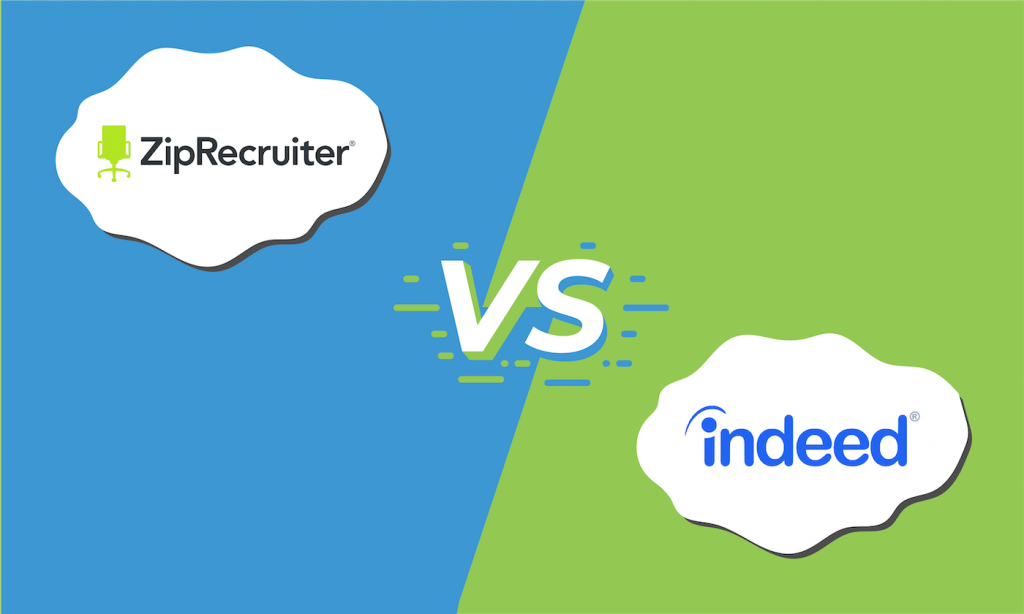Key takeaways
What is parental leave?
Parental leave, also referred to as family leave, is a benefit given to employees who need time away from work to welcome and care for new members of their family. It is similar to sick leave and paid time off (PTO), but the stipulations for eligibility and entitlement are often more nuanced and subject to more legal requirements.
Parental leave is generally provided for pregnancy and birthing, adoption, and foster care placement. It is intended to support family bonding but can also be used for prenatal medical appointments, adoption counseling, pre-placement visits for foster children, and other related absences.
Most countries guarantee some degree of parental leave to all workers, though the specific details of those requirements vary drastically.
Also read: Policies & Benefits That Support Working Parents
Parental leave vs maternity leave
The term maternity leave used to be commonly used to refer to time off given to mothers before or following the birth of a child. It combines parental leave and pregnancy disability leave. However, this term only addresses a narrow set of parental experiences. Instead, parental leave addresses a wider range of scenarios, including adoptive parents and employees who don’t identify as mothers or fathers.
Paid vs unpaid parental leave
In the United States, unpaid parental leave is very common. Unpaid leave means that employees are granted time off of work but aren’t compensated during this period. Employers may also choose to offer paid leave, giving employees a full or partial salary while on parental leave.
Types of parental leave
There are several different forms of parental leave, some of which you may be legally required to offer.
FMLA parental leave
The Family and Medical Leave Act (FMLA) allows eligible workers to take 12 weeks of unpaid, job-protected leave for a range of medical and family-related reasons. For new parents, FMLA leave can be used for family bonding following the birth, adoption, or foster placement of a child.
In order to take FMLA leave, employees must meet the following requirements:
- They must work for a covered employer.
- They must have worked for the employer for at least 12 months.
- The employee must have logged at least 1,250 hours with the employer in the last 12 months.
Your company is considered a covered employer and required to comply with the FMLA if you are:
- A private employer with 50 or more employees working within a 75 mile radius of a worksite (note that remote employees are counted toward the worksite that they receive direction from).
- A public agency.
- A public or private elementary or secondary school.
This leave balance can be used anytime within the first year of the child’s life or placement. It can also be used before the birth or placement, for medical appointments for prenatal care or time off due to pregnancy complications.
Parental FMLA leave can also be taken as intermittent leave or reduced schedule leave if agreed upon between employee and employer. In these formats, leave is broken up into smaller increments and used either on a recurring reduced schedule basis or an as-needed basis rather than all at once.
State parental leave programs
Some states also have their own paid parental leave programs. Currently, 10 states and the District of Columbia have active laws providing mandatory paid family leave for eligible employees:
- California.
- Colorado.
- Connecticut.
- Kentucky.
- Massachusetts.
- New Jersey.
- New York.
- Oregon.
- Rhode Island.
- Washington.
A handful of other states have passed laws that will be going into effect in the coming years. If you operate in one of these states, you’ll want to keep track of the effective dates and make sure you update your policies appropriately:
- Delaware (effective January 1, 2026).
- Maine (effective May 1, 2026).
- Minnesota (effective January 1, 2026).
- Maryland (effective July 1, 2026).
In addition, several states have voluntary parental leave laws that permit and regulate the sale of paid family leave insurance that may be used for parental leave:
- Alabama.
- Arkansas.
- Florida.
- New Hampshire.
- Tennessee.
- Texas.
- Vermont.
- Virginia.
Employer parental leave policies
Employers can create their own internal policies to supplement the legally required leave options, such as by offering paid leave or short-term disability insurance to supplement an employee’s income during their time off. This can be a great way to make your company stand out as an employer to attract and retain top candidates.
The SHRM 2024 Employee Benefits Survey found that 40% of employers are currently offering paid parental leave policies, though these policies can vary widely.
Companies with internal leave policies
Here are some examples of companies offering their own internal parental leave policies:
- Google: Google takes a split approach by offering 24 weeks of paid parental leave for a birthing parent and 18 weeks for other parents.
- Pinterest: Offers a minimum of 20 weeks off for new parents (through birth or adoption), but gives an extra 12 weeks off to parents with babies in the NICU. New parents are also granted a four week transition period where they can ease back into work on a reduced schedule. They also offer four weeks of paid leave for pregnancy loss through miscarriage. This policy is really well-rounded in addressing different potential pregnancy and birthing outcomes, the needs of adoptive parents, and provides support during the transition back to work.
- Lalo: This baby product brand gives new parents 12 weeks of paid parental leave and offers flexibility during the transition period afterward. The company provides flexible working hours (in addition to its normal remote work flexibility), to help parents through the transition back to work after leave.
Benefits of offering parental leave
Offering parental leave doesn’t just benefit employees. It can also have a positive impact on your organization.
Common barriers to parental leave
Despite legislative protections, employees in the U.S. often underutilize parental leave benefits for a variety of reasons. They may face financial hardship if they take unpaid leave, be ineligible to receive leave benefits, or fear the indirect career impact of taking extended time away from work.
Here are some obstacles to consider when crafting or revising your organization’s parental leave policies.
Tips for creating a paid leave policy
Ready to build your own paid leave policy? Here are our top tips to build a thorough and effective policy.
Supporting working parents beyond parental leave
Supporting parents doesn’t end with parental leave; you’ll also want to have tools and policies in place to support employees’ transition back into the workforce and throughout their parenting journey.
“Without the proper resources and support, these 12 weeks speed by, and the parents return to work exhausted, confused, and weary about how to balance it all,” shares Christine Landis, founder of Peacock Parent Inc.
Employers should consider how to ease employees back into work after their leave ends, and how to provide ongoing support through options like flexible schedules and remote work policies to help working parents balance their job and growing families. Benefits like employee assistance programs can also support working parents by providing assistance in locating childcare.
Mark Whitley, Founder and CEO of Whits Services Corporation notes how his company manages that transition period; “We’ve put together some support that really makes a difference. Think flexible hours or coming back part-time at first. Plus, we hook up our teams with resources like childcare and someone to talk to if it’s all getting a bit much.”
Many HR software providers, like Gusto, offer features that help businesses support parents through 529 college savings plans, reimbursement programs, and paid leave alongside traditional employee benefits.
Keep track of your employees’ leave balances with these 5 Best Leave Management Software.





